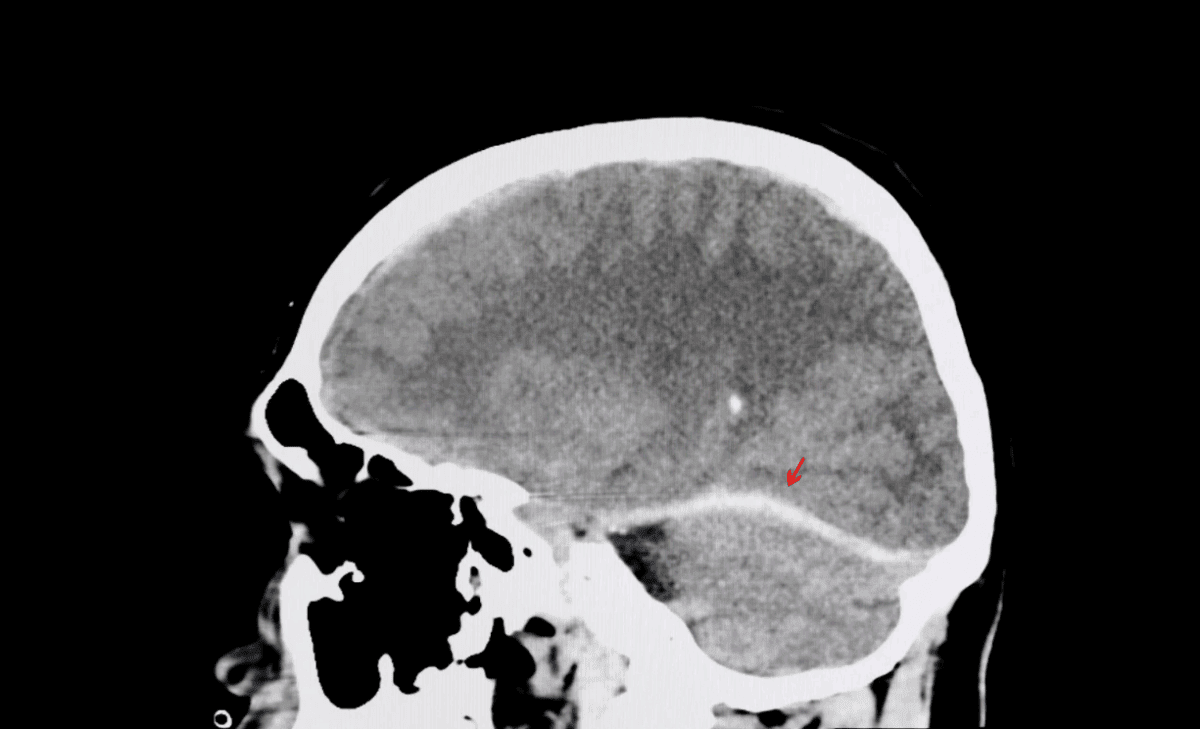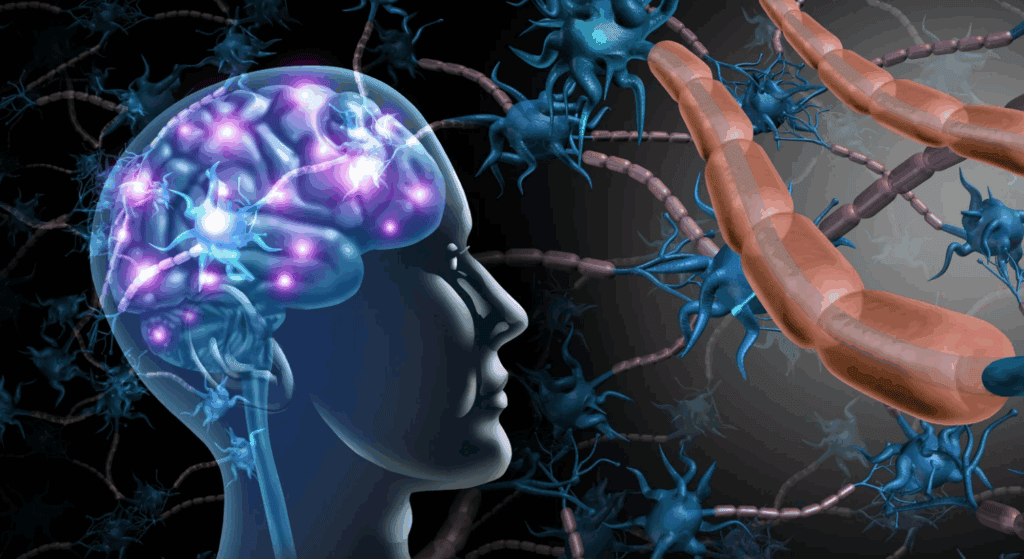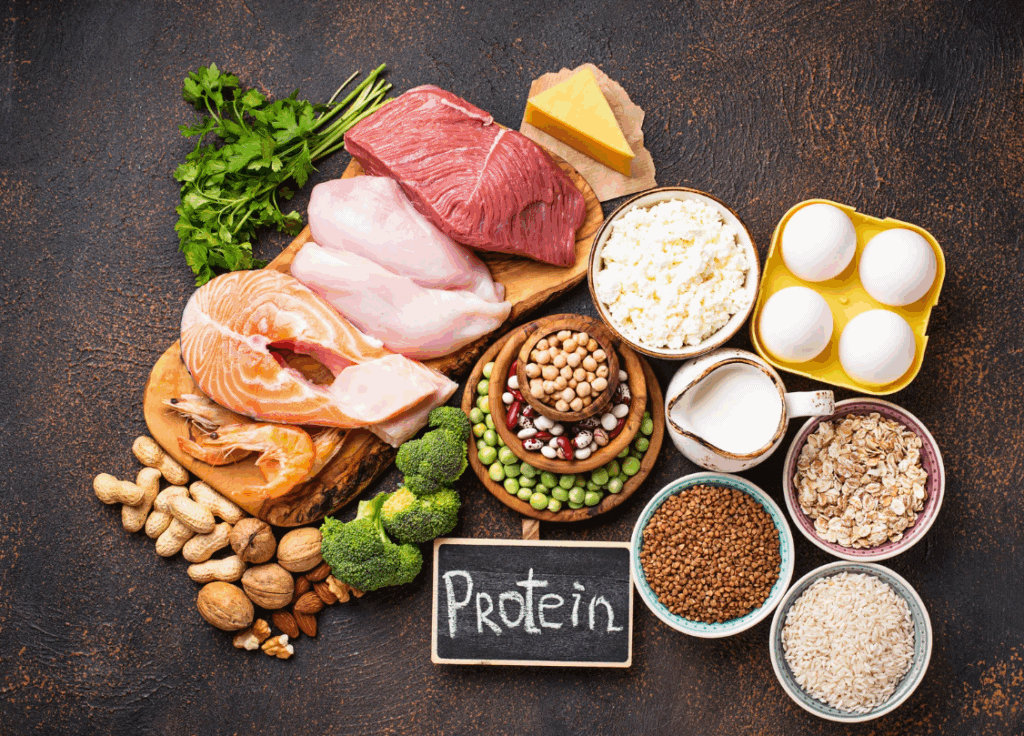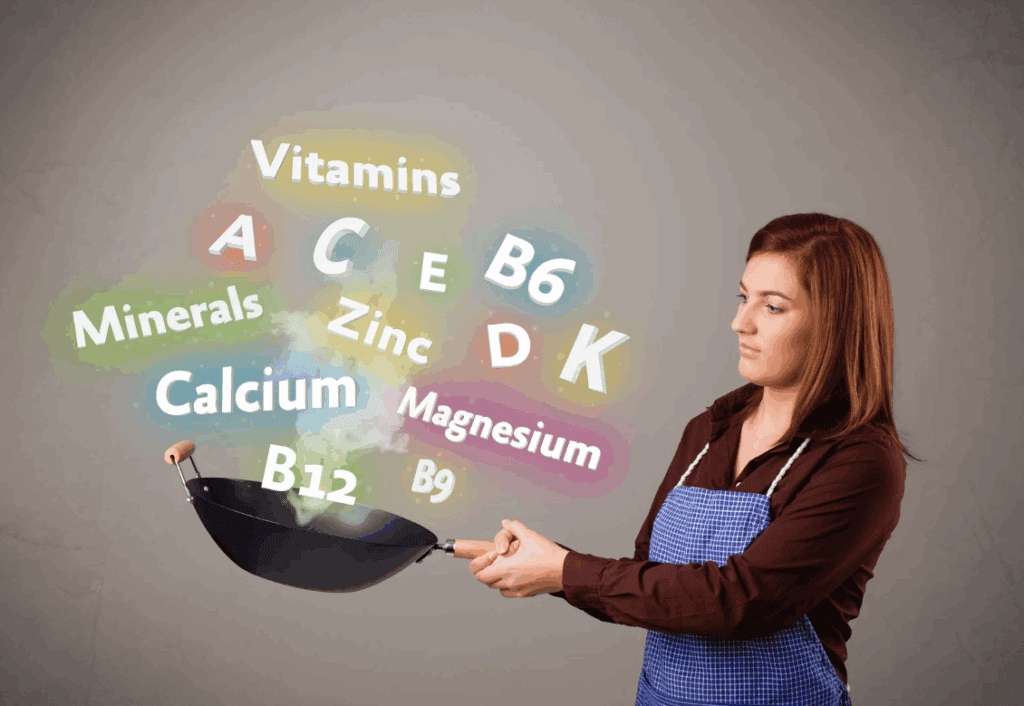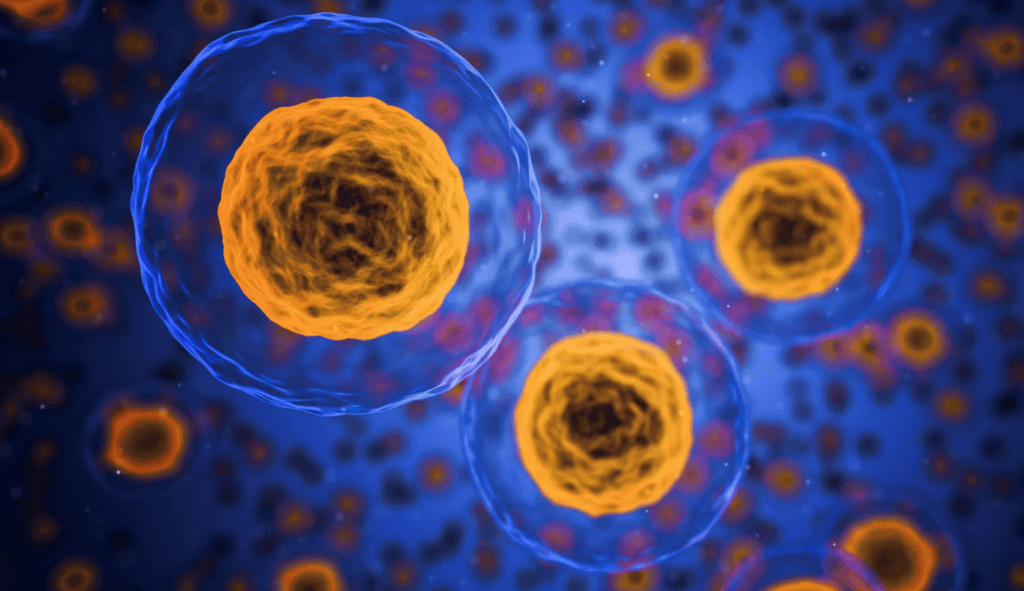Have you ever thought about how your diet might affect your brain’s health? We often focus on our diet’s impact on physical fitness but rarely consider its influence on mental wellness. In this post, let’s take a look at the brain-gut connection and how awareness can change your life.
The link between what you eat and how your brain functions is more significant and intricate than you might expect. A growing body of research shows that the gut-brain axis plays a crucial role in regulating mood and cognition. What you ingest can either foster optimal brain function or contribute to neurological issues.
Want to feel sharper and more focused? Understanding brain-gut connection is key. So, the next time you grab a snack or prepare a meal, consider this: your food choices might affect more than just your waistline. They can have profound effects on your mental clarity and emotional balance.
Explore the Gut-Brain Axis
The interplay between your gut and brain is fascinating. Imagine a bustling highway of messages constantly exchanged. This connection impacts not just digestion but also mood, cognition, and general brain health. There are two main avenues of communication—one driven by nerves like the vagus nerve and another by chemical messengers.
Understand Bidirectional Communication
Your gut and brain continuously chat, sending signals in both directions through a system known as the gut-brain axis. This connection is significant. It involves the central nervous system, which includes your brain, and the enteric nervous system, often called the “second brain” in your gut.
Both systems work closely with the autonomic nervous system, balancing your body’s automatic functions. Neurotransmitters like serotonin, many of which are produced in the gut, play a role in this bidirectional dialogue.
Gut bacteria influence these chemicals, affecting how you feel emotionally and cognitively. Ever notice mood changes after eating? That’s your gut-brain axis in action. A holistic neurologist might even say you can improve mental health by nurturing your gut flora.
Role of the Vagus Nerve in Neurological Health
The vagus nerve serves as a central route for this communication, acting like a broadband connection between your gut and brain. This major nerve is crucial for transmitting information about gut health to the brain, impacting how your body reacts to stress and inflammation.
It’s like the main telephone line in a busy office, ensuring critical messages get through. Stimulating the vagus nerve can enhance calmness and reduce inflammation. Practices like deep breathing or yoga can activate this nerve, providing potential pathways to better neurological health.
The symphony between gut bacteria, neurotransmitters, and the vagus nerve influences well-being, making diet and stress management essential components of a healthy lifestyle.
Microbiota: The Tiny Architects of Our Mental State
Our gut houses billions of bacteria, often called our “second brain.” These microorganisms play a pivotal role in our mental well-being, influencing emotions, cognitive functions, and overall psychological health.
The Influence of Gut Microbiome on Emotions
Did you ever wonder why your mood swings with what you’ve eaten? The gut microbiome significantly influences emotions. Lactobacillus and Bifidobacterium are two bacterial players involved in creating neurotransmitters such as serotonin and dopamine.
These tiny architects aid in mood regulation. A diet rich in fermented foods like yogurt or kimchi bolsters these bacteria. On the flip side, poor gut health can lead to mood disorders.
Here’s the scoop: An imbalance in gut microbiota, called dysbiosis, can topple your emotional health. Probiotics and prebiotics can help restore this balance, promoting a more stable emotional state.
Bacteria and Their Role in Cognitive Function
Can these microorganisms affect how you think? Absolutely. The gut microbiota communicates with the brain, affecting learning and memory.
Psychobiotics, a fancy name for probiotics beneficial to mental health, support neural pathways important in cognitive tasks. Studies suggest that diets high in fiber and probiotics may improve mental acuity.
Bifidobacterium and Lactobacillus have shown potential here. Furthermore, fermented foods boost their effectiveness, offering a tasty way to support your brain.
How Dysbiosis Affects Us Psychologically
Dysbiosis, a disruption in the gut microbiota, impacts psychological well-being. Imagine gut bacteria as a bustling city. When in harmony, everything runs smoothly. But an upset increases stress and even links to neurological disorders such as anxiety and depression.
Dysbiosis allows harmful bacteria to overgrow, producing toxins that cross the gut barrier—your body’s way of safeguarding you. This breach impacts mental health.
Diets deficient in prebiotics and probiotics are often guilty of creating this imbalance. Intervening with dietary changes, such as incorporating more fiber and fermented foods, can restore gut harmony. You may find that addressing dysbiosis lifts a mental fog, enhancing your mental outlook and resilience.
Nutrition’s Impact on Neurological Function
The food choices you make can have a direct impact on your brain’s performance. A well-balanced diet can sharpen your mental faculties, while poor eating habits may contribute to mental health issues. Understanding the links between nutrition and neurological health can guide you to make more informed dietary choices.
Balance Your Diet for Optimal Brain Function
Eating a balanced diet isn’t just about maintaining a healthy weight. It’s about feeding your brain with the nutrients it needs to function properly. Omega-3 fatty acids, found in fish and some seeds, are critical for brain health, aiding memory and cognitive performance.
Whole grains, rich in fiber, support steady energy levels and enhance concentration by ensuring a consistent supply of glucose to the brain. Inflammation is another critical aspect that can impair neurological function.
Antioxidants like those found in colorful fruits and vegetables can help reduce it. By incorporating a variety of foods, you can provide a spectrum of nutrients that contribute to better mental acuity.
Functional Foods and Their Neuroprotective Effects
Functional foods like fermented foods offer more than just nutrition — they can protect your brain against damage. These foods harbor probiotics that improve gut health, which in turn affects the gut-brain connection.
The production of neurotransmitters such as serotonin largely happens in the gut. So, a healthy gut means a happier, more stable mood. Short-chain fatty acids and bile acids produced in the gut can influence GABA activity, providing a calming effect on your brain.
Simply put, including foods like yogurt, kimchi, and sauerkraut can have positive effects on both your gut and mind.
Link Between Dietary Choices and Mental Health Disorders
The newly emerging field of nutritional psychiatry explores how dietary choices affect mental well-being. You might wonder, can what we eat impact disorders like depression or anxiety? The answer leans towards yes.
Diets rich in nutrient-dense foods can lower the risks of mental health disorders by enhancing nutrient absorption and brain metabolism. Conversely, diets high in processed foods and sugars have been linked to poorer mental health outcomes.
Making conscious food choices might not be a cure-all, but they can serve as a supplement to traditional mental health treatments. Eating well is one way you can take an active role in your mental health management.
Interconnectedness of Mental Health and Gut Dysfunction
Your mental and digestive health are intimately linked, influencing each other more than you might think. The gut isn’t just about digestion—it’s also a nervous system partner, affecting mood and emotional states.
Psychiatric Disorders and Gut Health
Psychiatric disorders like anxiety and depression have surprising gut connections. The gut-brain axis operates like a two-way street, meaning what impacts your gut can also affect your mind.
Gut health problems such as irritable bowel syndrome (IBS) might be involved in mood regulation. Studies suggest altered gut microbiota—tiny organisms in your gut—can influence serotonin production, a neurotransmitter tied to happiness.
Additionally, when gut permeability is compromised, or there’s “leaky gut,” the blood-brain barrier might also be vulnerable, possibly triggering mental health issues.
Stress, Anxiety, Depression: A Gastrointestinal Perspective
Stress impacts your gut in significant ways. Have you noticed how your stomach churns when stressed? It’s not just you—a lot of folks start showing IBS symptoms under stress, highlighting this connection.
Both depression and anxiety correlate with increased gut inflammation and permeability issues. Hormones released during stress can exacerbate these conditions, influencing mood and increasing susceptibility to psychiatric disorders.
Preventive Strategies and Holistic Approaches to Healing
Taking a holistic approach could benefit both mental and gut health. Mind-body therapies, such as yoga, meditation, and mindfulness, offer stress relief, potentially easing gut issues.
Diet-wise, foods high in fiber and probiotics could improve gut health and mood. Patients with IBS and mental health conditions might benefit from therapy focused on these dual or common conditions.
Cognitive behavioral therapy, for instance, targets disruptive thought patterns, potentially easing both anxiety and digestive symptoms.
Your Diet Could Be the Pathway to Superior Brain Function
Understanding the brain-gut connection highlights the significant impact your diet has on neurological health. By making mindful dietary choices, you can enhance brain function, improve mood, and support overall cognitive well-being. Incorporating nutrient-rich foods, such as fruits, vegetables, whole grains, and healthy fats, can foster a healthier gut environment, which in turn benefits your brain.
Don’t underestimate the power of nutrition in maintaining and boosting your neurological health. Start today by making small, positive changes to your diet and experience the profound benefits on your brain and overall well-being. Your journey to better neurological health begins with what you eat.




